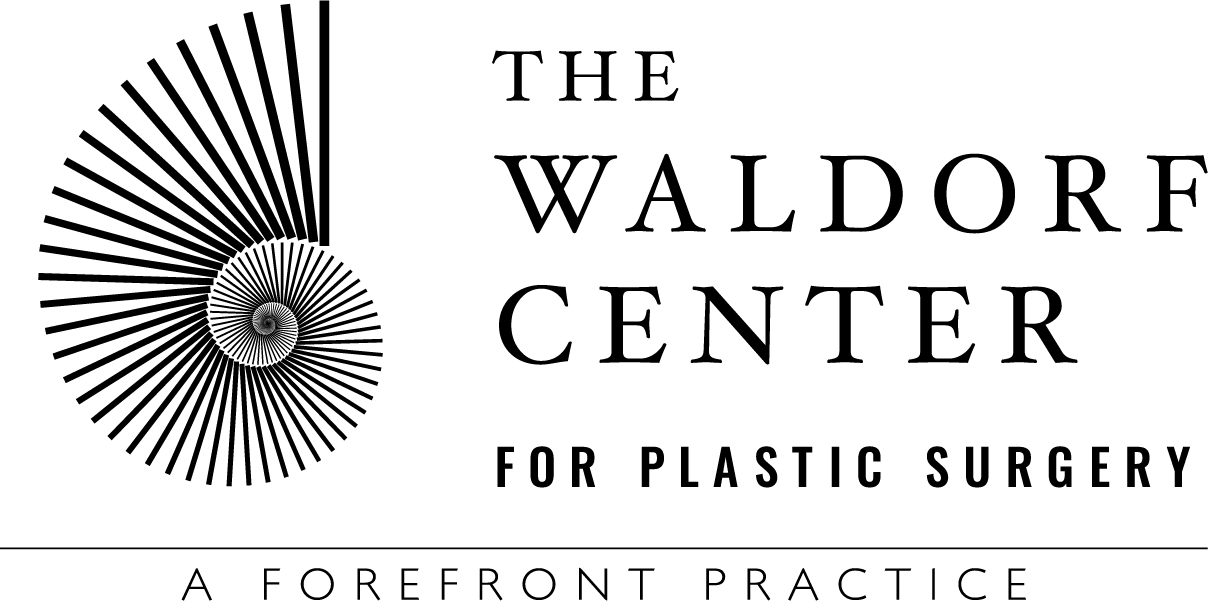What is Rosacea?
Rosacea is a very common disorder characterized by symptoms of facial flushing, facial redness, broken capillaries, coarseness of the skin, and an inflammatory eruption that may be similar to acne. The hallmark of rosacea is persistent redness in the central portion of the face that lasts for at least three months. This redness may be associated with flushing, broken capillaries (called telangiectasias), and an acne-like skin eruption.
Patients often find that the first symptom of rosacea is a tendency to flush or blush easily. The condition generally starts in the center of the face and then extends to involve the cheeks, forehead, chin, and nose. Then over a long period of time, potentially years, the condition progresses to a persistent redness with visible blood vessels and possibly also pimples and bumps. With time, the redness tends to become ruddier and more persistent. In the more severe cases the nose may grow swollen and bumpy, a condition known medically as rhinophyma.
How Common is Rosacea?
Rosacea is very common. It is estimated that over 14 million Americans have rosacea. It is most common in individuals with light complexions, blond hair, and blue eyes. It can affect people of any age, including children, but is most common between the ages of 30 and 50 years old.
What Causes Rosacea?
The cause of rosacea is not known, but several factors are known to play a role in its development. The condition is more common in women than in men. In addition, genetics is also clearly a factor, and the condition may be inherited. Evidence suggests that sun exposure is also a contributing factor in the development of rosacea.
There are also certain “triggering factors” that may exacerbate a patient’s rosacea. When present, these need to be identified and avoided as much as possible. Common triggering factors are hot and cold temperatures, wind, hot drinks, caffeine, exercise, spicy foods, alcohol, certain emotions, and medications that cause flushing.
Skin Care for Rosacea
The aestheticians at The Waldorf Center are highly trained and experienced in tailoring skin care regimens to meet the needs of rosacea patients.
The Rosacea facial, a specialty facial at The Waldorf Center, is indicated for patients suffering from rosacea and acne rosacea. This facial is rich in beneficial actives capable of delivering exceptional results. Licorice, green tea, vitamins A, B and C, micronized oligo elements, allantoin and centella asiatica are important elements of the calming and soothing effects of this facial.
Ultrasound with E-stim therapy is another option at the spa for anti-inflammatory treatments. Ultrasound with E-stim reduces redness and inflammation and can be added to any of the Spa facials including the Rosacea Facial.
Treating Rosacea
Medications. Practitioners often prescribe topical and/or oral rosacea therapy to bring the condition under immediate control, followed by long-term use of the topical therapy alone to maintain remission.
Laser and Light Therapy. Visible blood vessels and background redness may be reduced with lasers or intense pulsed light therapy. These treatments are very well tolerated and have little to no downtime. Patients with severe rosacea that are experiencing rhinophima may benefit from treatment with the Fraxel re:pair, reducing the excess skin and recontouring the nose.
Rosacea symptoms may vary widely from patient to patient. For example, some patients may have only redness and flushing, while others may have bumps, pimples, thickened skin, or eye involvement. For this reason, our treatment plans are always customized based upon each individual patient’s needs.
A good resource on roseacea is Rosacea.org, the web site for The National Rosacea Society.
